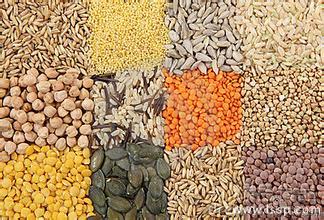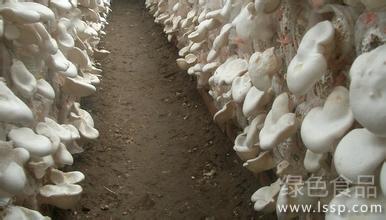Safe overwintering technique of pseudo-planting Onion to ensure High yield in Spring

Grow onions
Because of the cold winter in North China, onion seedlings cultivated in open field can not survive the winter normally in situ. Therefore, the cultivation methods of sowing in autumn, false planting in winter, planting in spring and harvesting bulbs in summer are often used. How to make onion seedlings survive the winter normally is the key to achieve high yield in the following year. The overwintering techniques of pseudo-planting onions are introduced as follows:
1. Time
The pseudo-planting of onion seedlings should be carried out in the middle of November every year (after the the Beginning of Winter festival of the lunar calendar), and the land is about to be frozen. The seedling field shall not be watered within 10 days before pseudo-planting.
2. Emergence of seedlings
Shovel the seedlings out of the field (try not to hurt the roots as far as possible), gently shake off the floating soil, and remove rootless, non-growing, too short, slender seedlings and overlong leaves, tillering seedlings, disease and insect harmful seedlings and onion seedlings (the leaf sheath of onion seedlings grows upright and the leaf base is round in cross section; the leaf sheath of onion seedlings is slightly tortuous and concave at the base).
3. False planting
By using the following methods of pseudo-planting, onion seedlings can survive the winter safely until they are planted in the field in early March of the following year.
1. Divide the seedlings. In order to facilitate management, onion seedlings should be graded and pseudo-planted. Grading standard: first-class seedlings: bulbs 0.6-0.7 cm, leaves 3-4. Secondary seedlings: bulblets 0.4-0.6 cm, 3 leaves. The seedlings were divided into small bundles of 80-100 trees, which were graded and planted.
two。 Fake planting. The first-class seedlings should be planted in the sunny border: the sunny border should choose to cover a layer of dry sand about 5 cm thick in the border behind the wind barrier or in the back of the wind, and then pile small ridges 5-7 cm high on the dry sandy soil on one side of the border. The first-class seedlings will be placed in a row side by side behind the ridge. after a row is placed, the soil at the root of the seedling is 5-7 cm, and then the straw 2-3 cm thick is placed on the soil. The front and rear rows of seedlings are spaced apart. After all the false planting is finished, use the soil to block the surrounding area of the bed strictly and firmly, so as to prevent ventilation and water penetration.
Pseudo-planting of secondary seedlings in cold-proof ditches: in order to prevent retting roots, cold-proof ditches should be selected in higher terrain. The specific method is as follows: several ditches are opened in the east-west direction at an interval of 5-10 cm, with a length of 3-5 m, a width of 25-30 cm and a depth of 15-20 cm. The bundled onion seedlings are placed in the ditch with an inclination of 45 degrees to the south, and the soil is obstructed to the top of the leaf sheath. After all pseudo-planting, wind barriers are set around to make the seedlings leeward and shady. The heart leaves of seedlings planted in this way will grow slowly. When the external temperature drops, according to the meteorological conditions, cover soil or cover crop straw again in batches to prevent cold.
IV. Management
Usually pay attention to the weather forecast, cover the seedlings with plastic film before snowing, remove the film and clean the surrounding snow in time after snow, so as to prevent snow water from entering the border and ditch, causing rotten seedlings.
- Prev

New Year's spring ploughing is coming, how can I buy high quality seeds?
New Year's spring ploughing is coming, how can I buy high quality seeds?
- Next

Winter management methods to avoid affecting the mushroom bed harvested in the coming year
Winter management methods to avoid affecting the mushroom bed harvested in the coming year
Related
- Fuxing push coffee new agricultural production and marketing class: lack of small-scale processing plants
- Jujube rice field leisure farm deep ploughing Yilan for five years to create a space for organic food and play
- Nongyu Farm-A trial of organic papaya for brave women with advanced technology
- Four points for attention in the prevention and control of diseases and insect pests of edible fungi
- How to add nutrient solution to Edible Fungi
- Is there any good way to control edible fungus mites?
- Open Inoculation Technology of Edible Fungi
- Is there any clever way to use fertilizer for edible fungus in winter?
- What agents are used to kill the pathogens of edible fungi in the mushroom shed?
- Rapid drying of Edible Fungi

